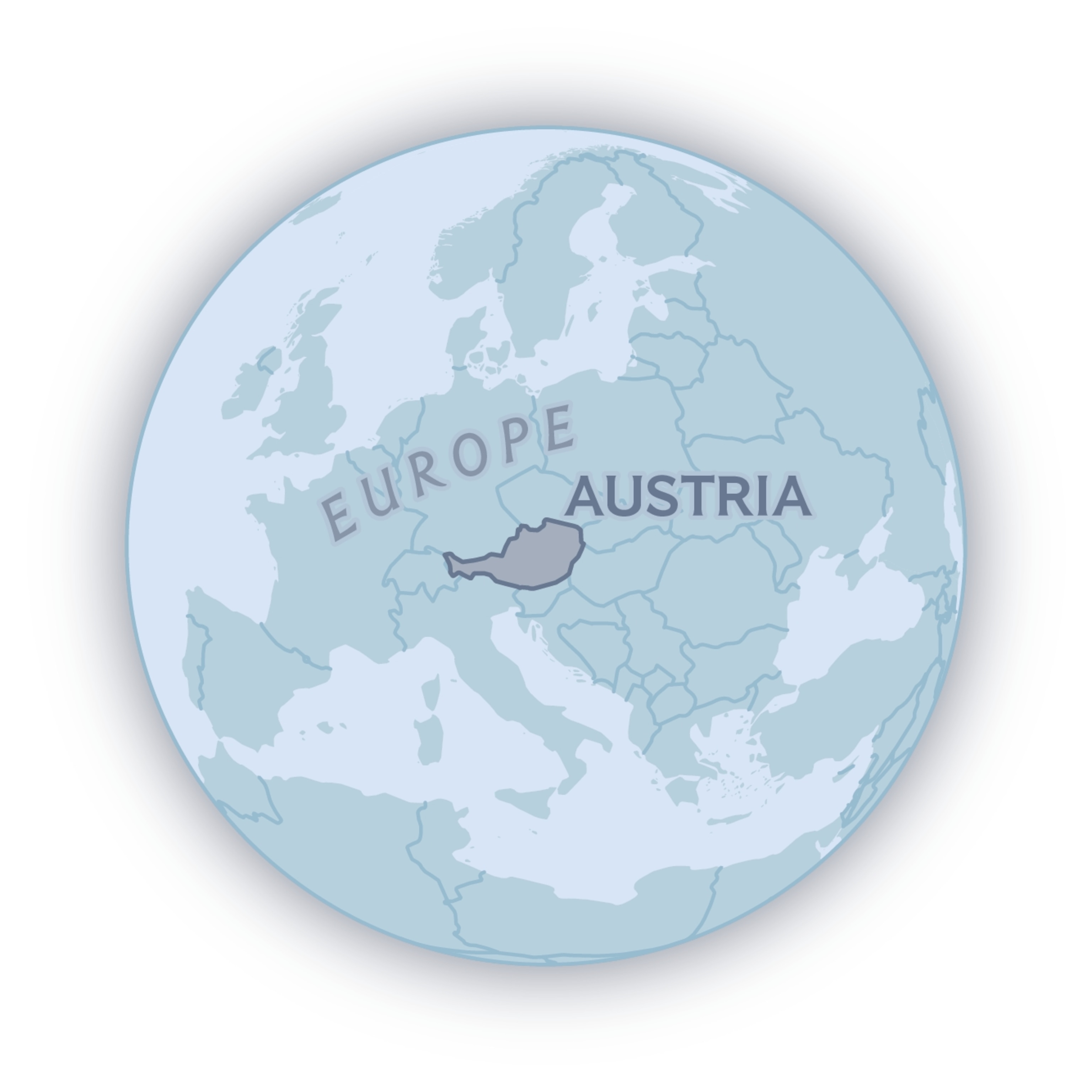
Looking for a ‘Stairway to Heaven’? Try the Austrian Alps.
The Grosser Donnerkogel via ferrata, or ‘iron way,’ draws climbers seeking mountain highs and sublime vistas.
There’s a simple rule of thumb to follow when climbing the “Stairway to Heaven,” which hangs over an abyss in the Austrian Alps: Stay focused on your footsteps, and whatever you do, don’t look down.
To the top
This vertiginous ladder makes up a section of the Grosser Donnerkogel via ferrata. Italian for “iron way,” a via ferrata is a path built into a mountain’s rock face, with fixtures, such as metal rungs, that follow a secured cable. The term gained popularity after mountaineers appropriated the network built across Italy’s Dolomites during World War I to assist soldiers navigating high altitudes. Now these paths allow climbers without advanced technical skills to access exceptional vistas and summits.
(Here’s how to scale via ferratas in the Dolomites.)

Roots of the route
The first via ferrata was installed in 1843 on Austria’s Hoher Dachstein mountain by geographer and alpinist Friedrich Simony. Today’s paths, which have climbers clip into the cable using two safety carabiners, draw outdoor adventurers. Of the Donnerkogel route, which typically takes about three hours to complete, photographer Quin Schrock says, “The whole experience was terrifying in the best possible way.”
Other ways up
Rated “very difficult,” the Donnerkogel via ferrata can be unnerving. “I find it easier to trust rock than man-made structures,” says traveler Jess Dales (shown above). But there are alternate activities: A cable car carries visitors partway up the slope, and trails lead hikers from base to summit. At the top of Donnerkogel, which is marked by a large cross, sublime views take in Dachstein Glacier and the waters of Lake Gosau in the valley below.
By the numbers
37: Via ferratas in Austria’s Salzkammergut lake district
131: Length of the Stairway to Heaven, in feet
6,739: Height of Donnerkogel, in feet
This story appears in the July 2021 issue of National Geographic magazine.





